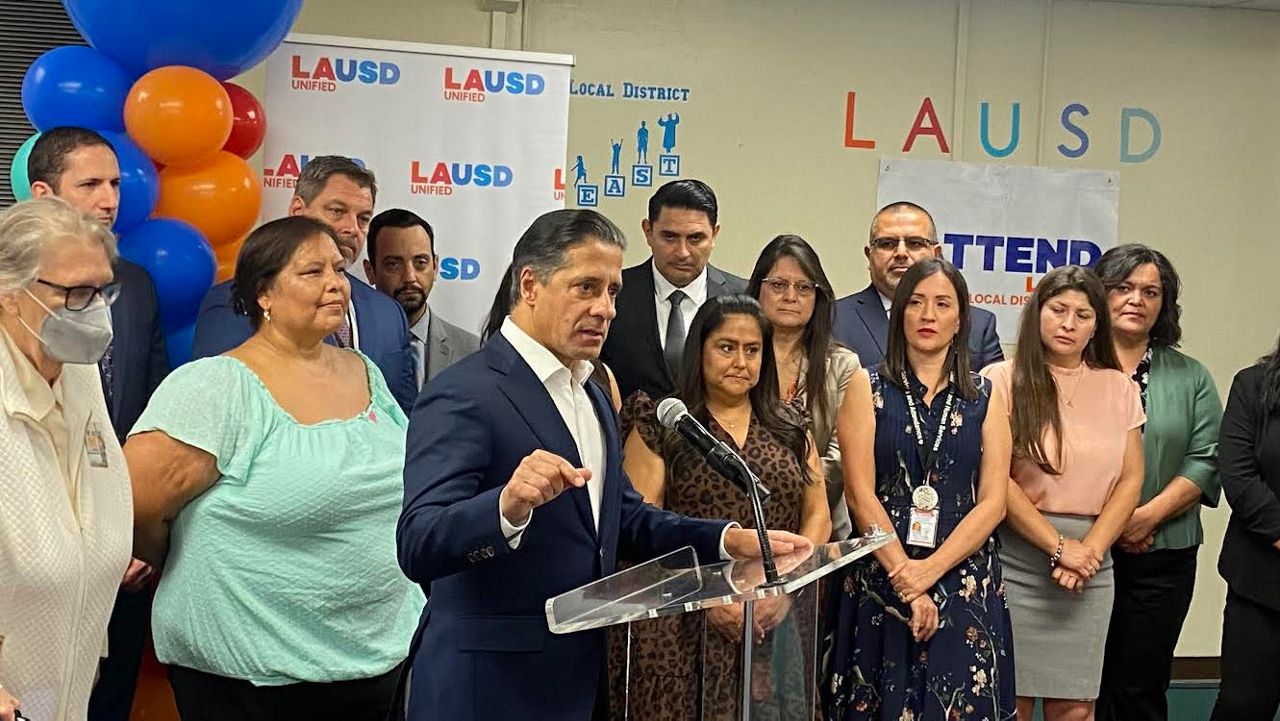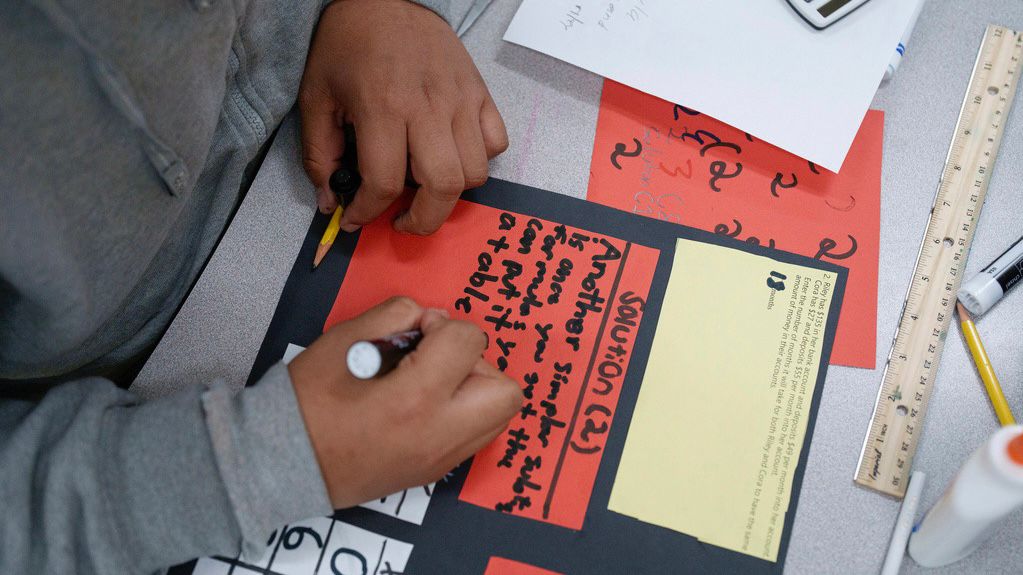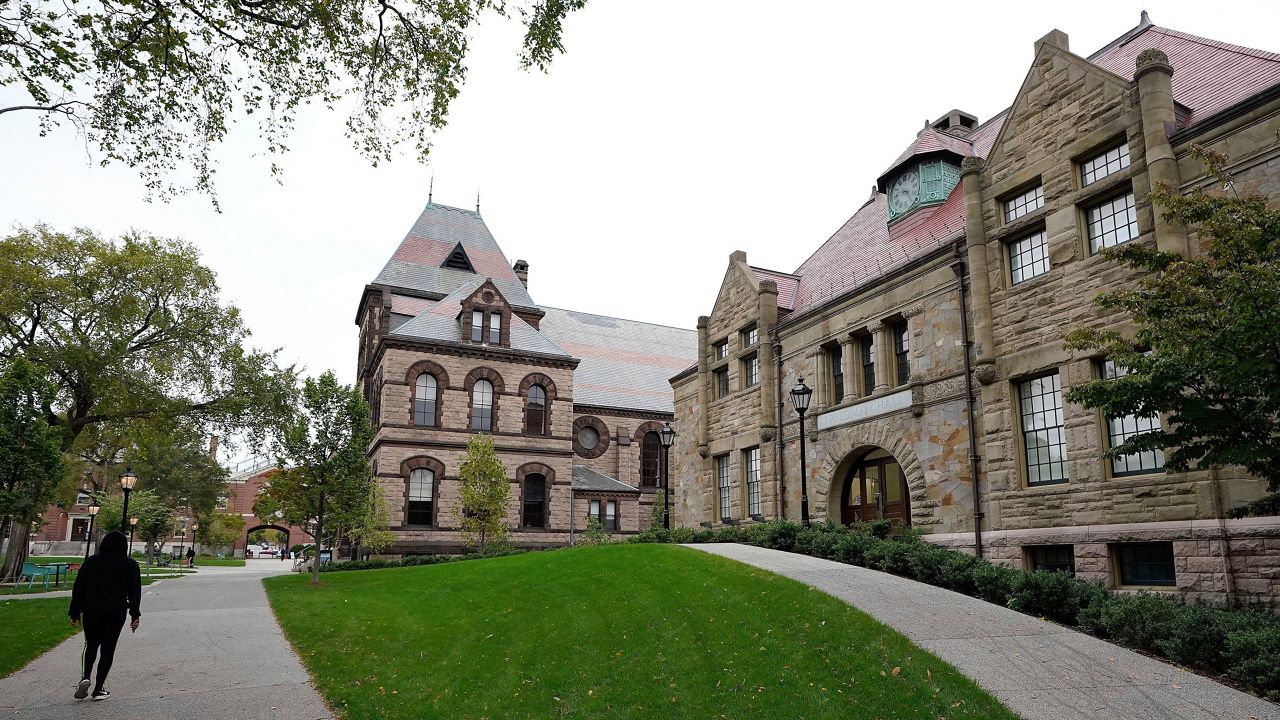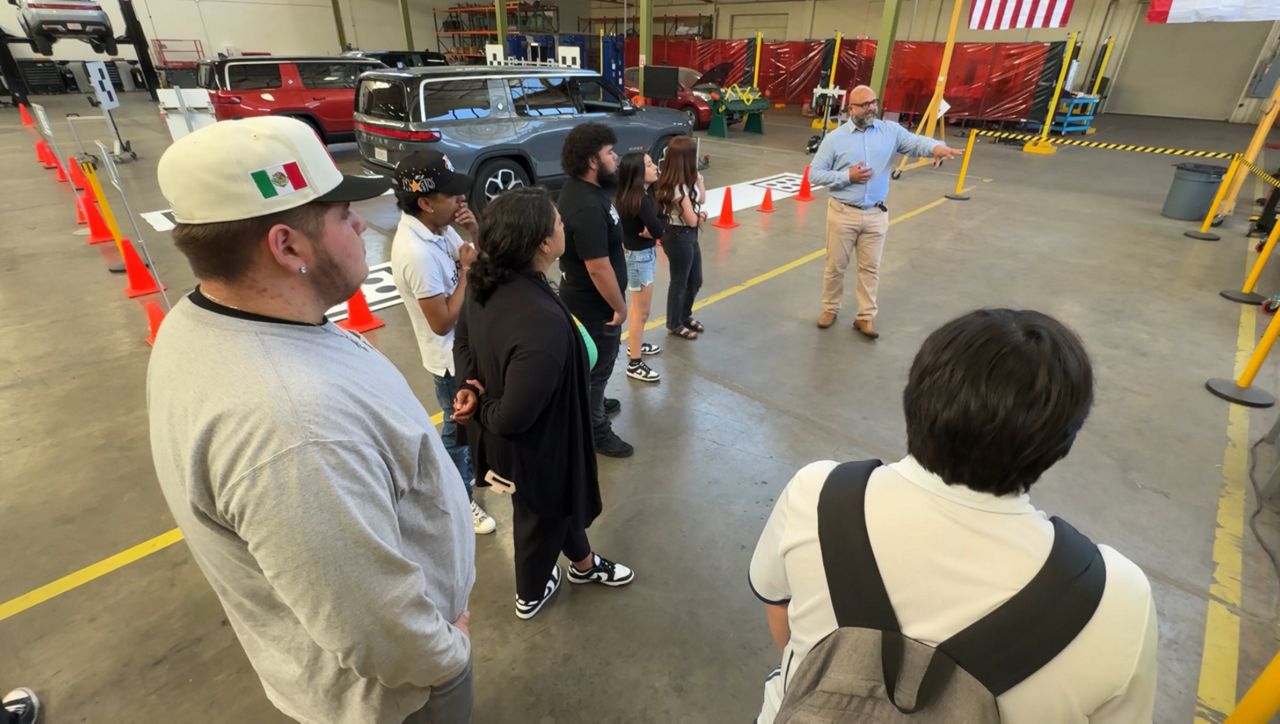LOS ANGELES — Los Angeles Unified Superintendent Alberto Carvalho is serious about getting chronically absent kids back to school. On Friday, he personally visited five families whose children didn’t go to class for much of the past school year, despite being enrolled.
“You know what happens Monday?” Carvalho asked three young children sitting on a bed in their Boyle Heights apartment. “Monday is the first day of school, and you are going to go. You will have free breakfast, free lunch, a lot of fun and a great education,” he said, before handing them backpacks with school supplies and laptop computers to complete their homework.
Like so many other children enrolled in LA Unified, 10-year-old Kaetlyn, 8-year-old Jedi and a 7-year-old girl who slept through Carvalho’s visit “were a little bit lost” when in-person classes resumed at their elementary school last year.
“They were not understanding anything,” their mom, Wendy Torres, said. So they frequently didn’t go.
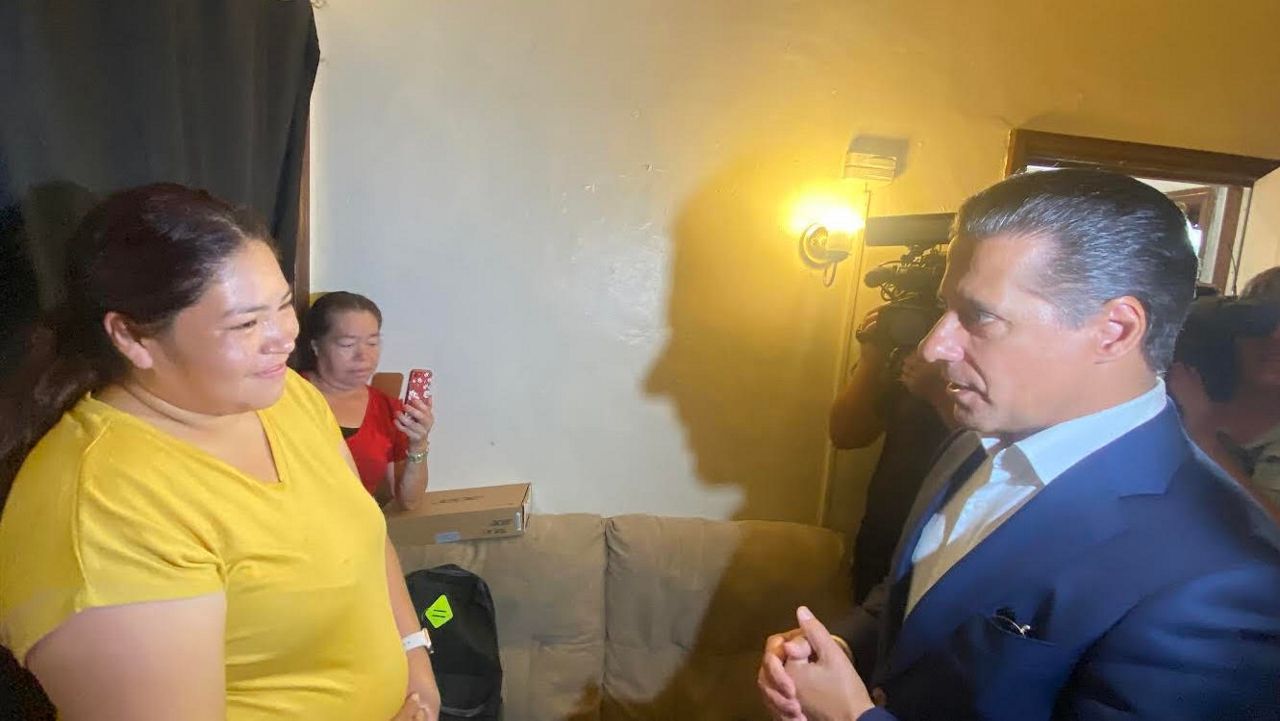
The Torres children are among the “lost children of Los Angeles,” as Carvalho referred to them during a press conference an hour earlier at LA Unified’s Local District East building. “My worry, and the worry of everyone here, are the students who last year were absent 10% or more of the days during the regular school year.”
Half of the district’s 500,000 students were chronically absent because of COVID quarantines last year, Carvalho said. But even removing COVID as a factor, almost 30% of students were chronically missing from classes.
The visit to the Torres home is part of an ambitious new LAUSD initiative called iAttend, which is designed to convince the families of absent kids to get them back to class. The program kicked off Friday with 625 house visits and 250 phone calls intended to reach more than 1,000 students just three days before the 2022-2023 academic school year is set to begin.
“This is not one and done,” said Carvalho, who personally visited a handful of those families Friday, occasionally giving out his personal phone number to parents as a resource and letting them know he planned to follow up. “We will continue to do this throughout the school year in every single neighborhood and every single zip code across LAUSD.”
Carvalho linked the educational losses of chronic absenteeism to the upcoming release of the California Assessment of Student Performance and Progress scores from the last academic year.
“We know what we’re going to see,” Carvalho said. “We’re going to see significant loss in terms of performance, in reading and math. That is in part because of the fact that our kids did not come to school.”
Carvalho said the reasons kids are chronically absent is multifaceted. Some children simply refused to go to classes in person after spending so long going to school virtually. Others were working to help their families make ends meet, taking care of siblings or homeless.
While iAttend specifically targets chronically absent students who are enrolled but not showing up, there are as many as 20,000 more children between the ages of 5 and 18 who have never enrolled in the LA school system and are “the truly lost kids of LA,” Carvalho said.
Many of those children are recent immigrants or older kids who went to work immediately after moving to Los Angeles. Recognizing “they are our children as well,” Carvalho said LAUSD is working with community-based organizations to enroll them. The district also plans to ask the parents and children who attend LAUSD schools to help identify unenrolled kids so they can begin to get an education.
“As we have back-to-school meetings, we’ll be telling parents, ‘If you know someone, here is the information. No questions asked. Just pass this on in English, in Spanish,’” he said. “Whatever it takes. We’re going to use the community to identify the lost children of Los Angeles and bring them back into the protective fold of LAUSD.”






